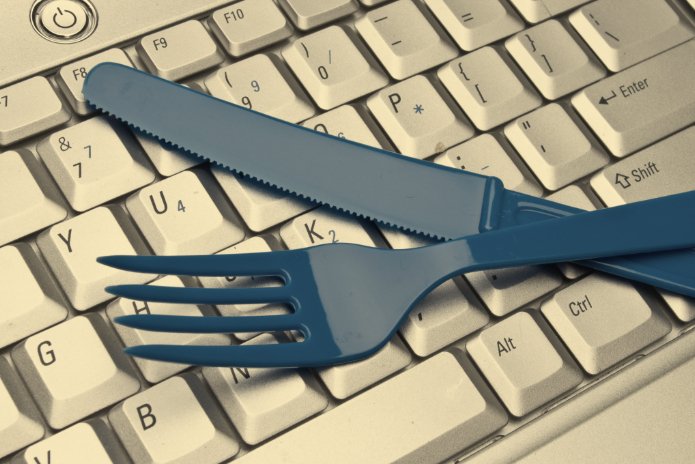Changes in consumer habits, technological advances and a growing demand for customization have transformed the delivery sector in recent years. Now, it is possible to buy even non-food items, receive recommendations based on habits and follow deliverymen accurately.In 2025, these trends should consolidate, redefining standards and opening new business opportunities for establishments that make deliveries.
According to a study by Ticket, 40% of Brazilians order food via delivery and 11% make one to two orders per week, which shows the strength of the segment and, consequently, competitiveness. “Companies that embrace new practices can not only keep up with market changes, but also create differentials. Therefore, innovation and adaptation are fundamental to stand out in such a dynamic industry”, says Vinicus do Valle, Gaudium Marketing Coordinator, a startup specialized in the mobility and delivery sectors.
From this perspective, the expert highlights the main trends that should shape the sector in 2025. Check out:
1-Expansion of ultra-fast delivery
The quick commerce (or q-commerce), a model that promises deliveries in up to 30 minutes, remains one of the big bets for 2025. This modality has gained strength with the use of strategically located urban warehouses and advanced technologies, such as artificial intelligence for route optimization. High-demand products, such as supermarket items and ready meals, are among the main beneficiaries.
2- Innovative and affordable payments
The financial sector will play a strategic role in the evolution of delivery in 2025. The popularization of digital wallets, cryptocurrencies and biometric payment systems has brought more agility and security to the checkout process.In addition to making transactions faster, these solutions serve a growing population that seeks more inclusive and modern payment methods.
3- Integration of super apps
Super apps, platforms that concentrate several services in a single environment, will continue to transform the market next year. Companies in the sector are already joining functionalities such as transportation, entertainment and purchases of electronic products, creating an integrated and comprehensive ecosystem. This approach has provided greater convenience to users and boosted engagement with platforms.
4 Sustainability as a priority
Sustainability remains a central agenda in the delivery sector. In 2025, a breakthrough is expected in the use of biodegradable, reusable or recycled packaging materials.In addition, the adoption of electric vehicles and bicycles for urban deliveries contributes to the reduction of carbon emissions, aligning with global goals of sustainability and environmental responsibility.
“O sector has shown a remarkable ability to keep up with the changes of recent years. This continuous adaptation highlights the economic importance of the segment, while also evidencing its ability to implement innovations to meet the new demands of consumers and the market dynamics”, concludes Valle.


